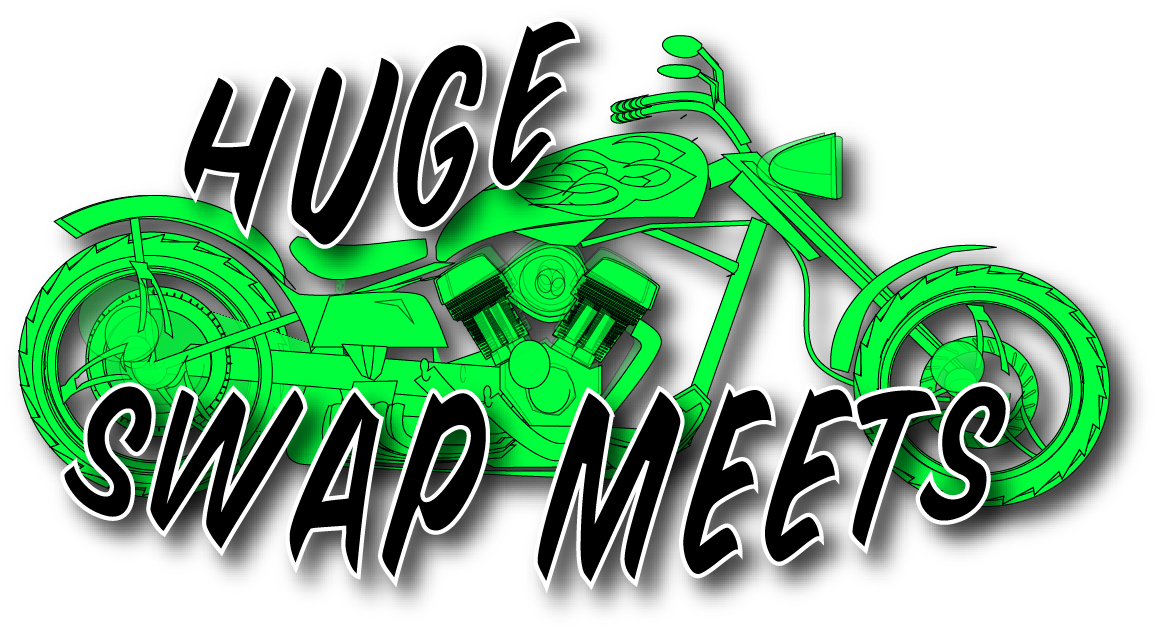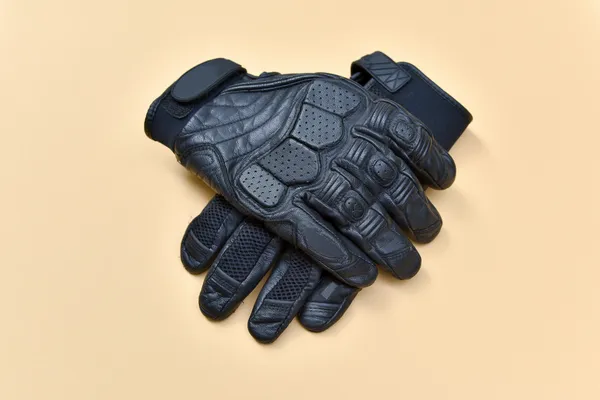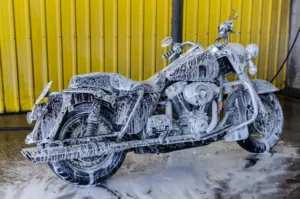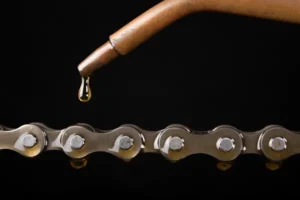
Riding a motorcycle is an exhilarating experience, offering a unique combination of freedom and adventure. However, it also comes with its risks, and for new riders, ensuring you have the right protective gear is paramount. While helmets are often the first item on the list, gloves are equally essential for protecting your hands and ensuring a safe, comfortable ride. In this article, we’ll explore why gloves are a crucial part of your riding gear, what to look for when choosing them, and how they enhance both safety and performance.
The Importance of Gloves for Motorcycle Riders
Protection from Injuries
In the event of an accident or even a minor fall, it’s natural to extend your hands to brace for impact. Without proper protection, this can lead to serious injuries such as abrasions, fractures, or burns from sliding across the pavement. Motorcycle gloves are designed to provide a protective layer, shielding your hands from scrapes, cuts, and impact injuries.
Gloves also offer protection from flying debris, insects, and other elements that can hit your hands while riding at high speeds. This helps reduce distractions, ensuring you stay focused on the road.
Better Grip and Control
One of the key functions of gloves is to enhance your grip on the handlebars. Sweaty or wet hands can easily slip, especially during long rides or in hot, humid weather. Motorcycle gloves are typically made from materials that improve your grip and provide a secure hold, even in challenging conditions.
Gloves with padded palms or reinforced areas also help absorb vibrations from the bike, reducing hand fatigue during long-distance rides. This ensures you maintain better control over your motorcycle, which is especially important for new riders still getting used to handling their bike.
Weather Protection
Motorcycle gloves play a vital role in protecting your hands from weather conditions, whether it’s the heat of summer or the chill of winter. In cold weather, your hands can become numb, reducing your ability to control the throttle, brake, or clutch properly. In contrast, during hot weather, gloves made from breathable materials help wick away sweat and keep your hands cool.
Waterproof gloves are essential for rainy conditions, preventing your hands from becoming wet and cold, which can significantly affect your ability to ride safely.
Types of Motorcycle Gloves
Full Gauntlet Gloves
Full gauntlet gloves extend past the wrist and provide extra protection for the wrist and lower forearm. These gloves are ideal for riders seeking maximum safety, especially those who ride at high speeds or participate in track racing. The extended coverage of gauntlet gloves helps protect against wrist injuries in case of a fall.
These gloves often come with additional armor or padding for enhanced protection, making them a great choice for new riders prioritizing safety. While gauntlet gloves can be bulkier, they provide excellent coverage without sacrificing mobility or comfort.
Short Cuff Gloves
Short cuff gloves end at the wrist and are designed for casual or urban riding. They are more lightweight and breathable than gauntlet gloves, making them a good option for everyday commuting or riding in warm weather. While they offer less protection than full gauntlet gloves, short cuff gloves are often preferred for their comfort and ease of use.
New riders who are focused on comfort during shorter rides may find short cuff gloves a good entry-level option.
Fingerless Gloves
Fingerless gloves provide minimal coverage, leaving the fingers exposed while covering the palm and back of the hand. These gloves are typically chosen for their breathability and comfort, especially in warm weather, but they offer far less protection than full-finger gloves.
While they may be popular among some riders for style or ventilation, they are not recommended for new riders due to the lack of protection for the fingers, which are particularly vulnerable in an accident.
Winter Gloves
For riding in colder climates, winter motorcycle gloves are a must. These gloves are insulated to keep your hands warm and often come with waterproof or windproof layers to block out harsh weather conditions. Winter gloves are usually bulkier, but the added protection against the cold ensures your hands remain functional and responsive throughout the ride.
New riders planning to ride year-round should invest in a good pair of winter gloves to maintain control and comfort during cold rides.
Summer Gloves
Summer gloves are made from lightweight, breathable materials designed to keep your hands cool in hot weather. They often have mesh panels or perforations for ventilation while still offering essential protection for the hands and knuckles. Despite their lightness, many summer gloves still come with armored knuckles and padded palms to protect against impact.
New riders who live in hot climates or plan to ride during the summer months should consider summer gloves to keep their hands cool without compromising safety.
Key Features to Look for in Motorcycle Gloves
Fit and Comfort
Proper fit is crucial when selecting motorcycle gloves. Gloves that are too tight can restrict movement and cause discomfort, while gloves that are too loose can slide around, reducing your ability to control the motorcycle. Look for gloves that fit snugly but still allow for flexibility in the fingers and wrists. Try on gloves before purchasing and consider wearing them for a few minutes to ensure comfort over extended periods.
Armor and Padding
Look for gloves with reinforced padding or armor in critical areas such as the knuckles, palms, and wrists. Many gloves feature hard armor made from materials like carbon fiber or thermoplastic polyurethane (TPU) for enhanced protection in high-impact zones. Gloves with palm sliders or additional padding can also help reduce friction during a fall.
For new riders, gloves with good armor are especially important, as they provide an extra layer of protection while you’re still developing your riding skills.
Material
Motorcycle gloves are typically made from leather, textile, or a combination of both. Leather is a popular choice for its durability, abrasion resistance, and classic look. It also molds to the shape of your hand over time, offering a custom fit. However, leather can be less breathable than textile options.
Textile gloves, often made from materials like nylon, polyester, or Kevlar, offer better ventilation and can be more comfortable in warm weather. Many textile gloves are also waterproof, making them a good choice for all-weather riding.
Touchscreen Compatibility
Many modern gloves now come with touchscreen-compatible fingertips, allowing riders to use their smartphones, GPS devices, or other touchscreens without having to remove their gloves. This feature is especially useful for riders who frequently check maps or need to make quick adjustments to their devices during stops.
Caring for Your Gloves
Cleaning
Regular cleaning is essential to maintain the longevity and effectiveness of your gloves. Leather gloves should be cleaned with a specialized leather cleaner and conditioner to prevent cracking or drying out. Textile gloves can usually be cleaned with mild soap and water. Always follow the manufacturer’s instructions for cleaning and maintenance.
Storage
When not in use, store your gloves in a cool, dry place. Avoid leaving them in direct sunlight or damp environments, as this can cause the materials to degrade. Proper storage will help extend the life of your gloves and ensure they remain in good condition for your rides.
Gloves are an essential part of every rider’s gear, providing critical protection, comfort, and control. For new riders, investing in a quality pair of gloves is a must, as they offer protection against injuries, improve grip, and shield your hands from weather conditions. Whether you’re commuting, cruising, or tackling long-distance rides, having the right gloves ensures your hands stay safe, comfortable, and ready to handle whatever the road throws your way.








